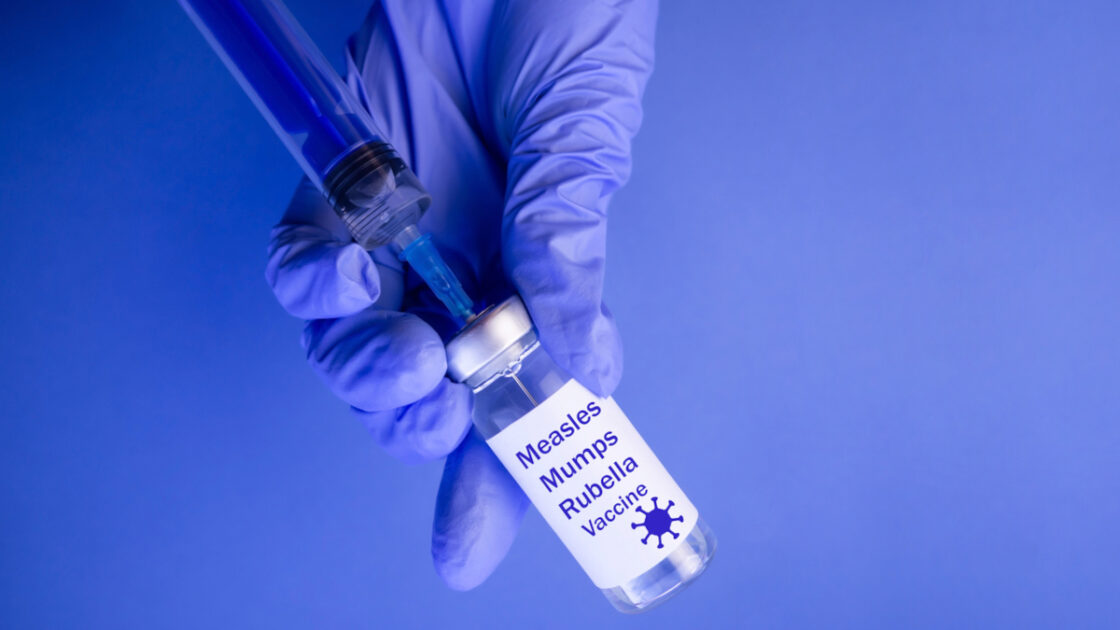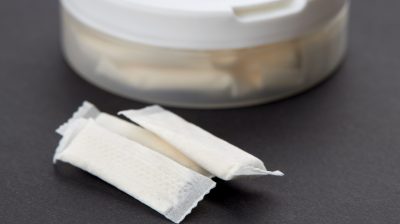How does measles (MMR) vaccination work?
People often get a vaccine called the MMR vaccine in childhood to protect from measles, mumps and rubella, three very infectious illnesses

People often get a vaccine called the MMR vaccine in childhood. This vaccine helps to protect people from measles, mumps and rubella, three very infectious illnesses. Here is what you need to know about MMR vaccination.
You can also visit the HSE website to find out more about MMR vaccines and getting a catch-up MMR vaccine near you.
What is the MMR vaccine?
The measles, mumps and rubella (MMR) vaccine helps people develop immunity against those three illnesses. People commonly get the MMR vaccine when they are young as part of the childhood vaccination schedule in Ireland.
The MMR vaccine trains your immune system to produce antibodies (proteins that protect you) for these illnesses and greatly reduces the likelihood of developing them. If you develop any of the illnesses, the vaccine greatly reduces the chances of it becoming severe.
One dose of the MMR vaccine is 93% effective at preventing measles.
How does MMR vaccination work?
The MMR vaccination is typically given in two doses of a single injection into the muscle of the upper arm or thigh.
The first dose is often given to children when they reach 12 months, while the second dose is often given when children reach 4-5 years old, normally when they first begin primary school.
Protection from these illnesses starts within two weeks of getting vaccinated. Two doses of the vaccine are needed to offer full protection.
Getting an MMR catch-up vaccine as an adult
Sometimes, people miss their scheduled vaccinations. It is possible to get catch-up doses of the vaccine, even as an adult, if you are not fully vaccinated.
Catch-up vaccination is available for children aged 5 years and older, healthcare workers, people born in Ireland on or after 1 January 1978, and people born outside of Ireland and at risk of measles infection. Those born in Ireland before 1978 are likely immune to measles and therefore may not need the vaccine.
Where to get catch-up MMR vaccines
The HSE, Ireland’s health service, is running MMR catch-up clinics across the country following some measles outbreaks in Ireland.
If you got a first dose through these clinics, you can return there for your second dose. You can do this by booking an appointment online or going to a walk-in clinic.
You can find out more about the catch-up clinics by contacting your GP or consulting the HSE website.
Side effects of the MMR vaccine
The MMR vaccine is safe and effective. Any side effects tend to be mild and do not last long. The area where the needle goes in may look red or swollen and feel sore for 2 to 3 days.
In rare cases, some who receive the vaccine may develop mild forms of measles or mumps between one to three weeks after being vaccinated. These symptoms, though unpleasant, are not infectious and will pass with time.
Getting the MMR Vaccine
You can find out more detailed information about possible side effects of the MMR vaccine from the HSE’s website.
The HSE is also running catch-up clinics for MMR vaccination, enabling anyone who isn’t fully or is only partially vaccinated to get additional protections if they need them.






